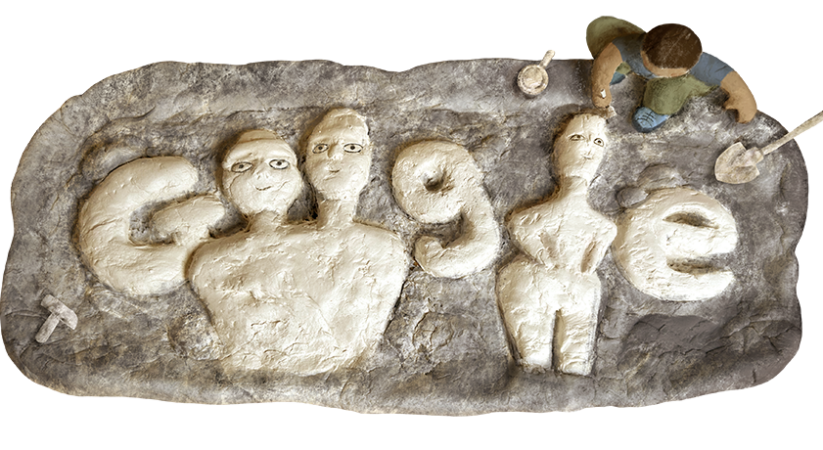The 9,000-year-old Ain Ghazal statues, which are one of the first large-scale representations of the human form, are the subject of today’s hand-crafted Doodle. The statues were found in Jordan on this day back in 1983.
These statues were made by ancient sculptors for what purpose? The results of research are still inconclusive. Nevertheless, it is known that when the statues served their purpose, our prehistoric ancestors strategically buried the sculptures, aligning them from east to west.
At ‘Ain Ghazal, a Neolithic site in Jordan, archaeologists first found a cache of underground statues in 1983 and a second group of sculptures in 1985.
With intricate human features like almond-shaped eyes, large noses, and lifelike legs, toes, and toenails, the Ain Ghazal figures show men, women, and children.
The statues are now on display in museums across the world, including the British Museum, Louvre Abu Dhabi, Jordan Museum, and Jordan Archaeological Museum. They allow visitors to ponder the mysteries of the past.
- Top 5 Health Insurance Stocks to Add to Your Portfolio - July 26, 2024
- 7 Reasons Edamame is Great for Your Health - July 26, 2024
- 2024 Paris Olympics: How Many US Athletes Are Competing? - July 26, 2024





